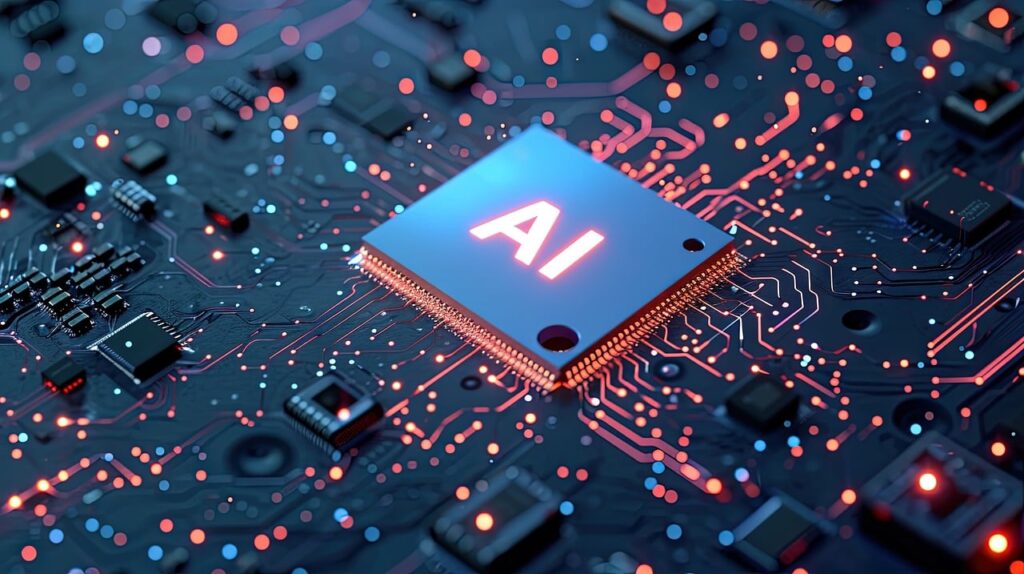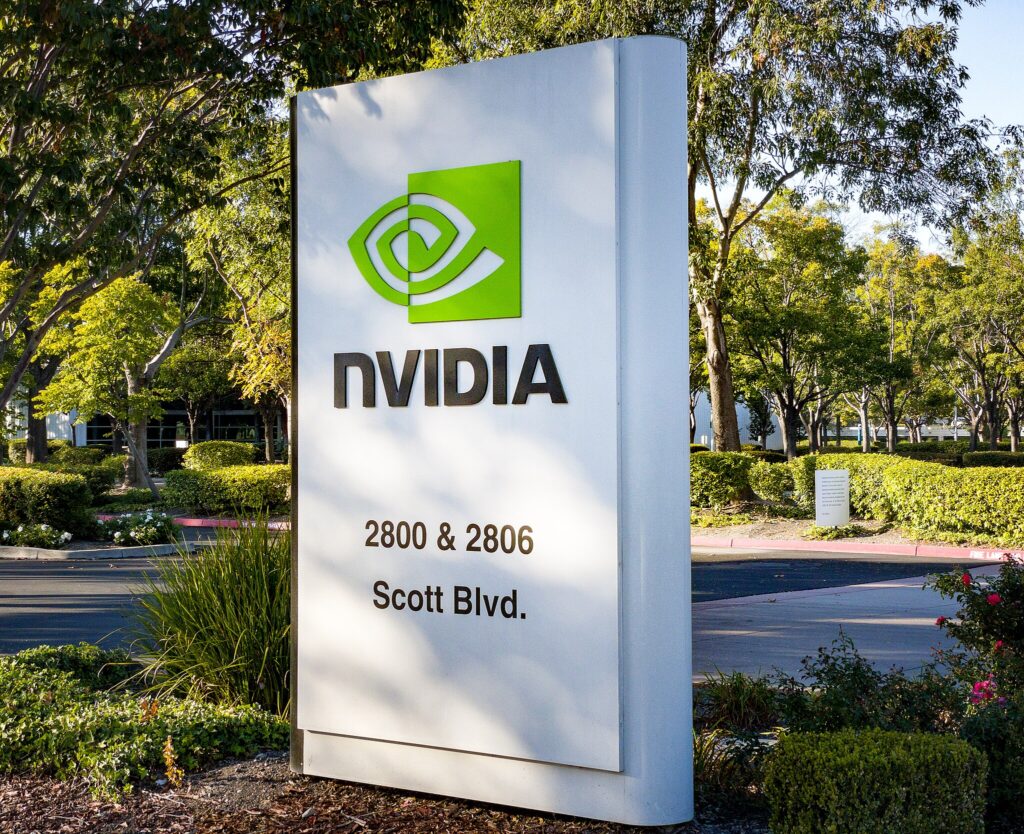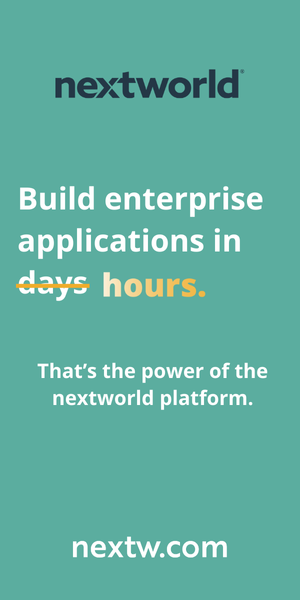ERP Today spoke to Fawad Qureshi, global field CTO at Snowflake, delving into the dynamic landscape of the telecommunications industry. We explored the crucial role of modernization within the industry and the pivotal role technologies such as AI and ML play.
From the transformative potential of GenAI to the innovative offerings of Snowflake’s Telecom Data Cloud, Qureshi explains the evolving trends, strategic partnerships and the overarching mission of achieving a more connected, sustainable future.
Yoana Cholteeva (YC): Could you share a bit about the importance of modernizing the telecoms industry at this point in time?
Fawad Qureshi (FQ): The Mobile World Congress conference was all about the themes of humanizing AI ubiquitous connectivity, connecting everything together and if we think that we have connectivity everywhere today, just wait for the next three to five years and see what is going to happen. Twenty years ago, people said 3G would disrupt the world, and then 4G would disrupt the world, then 5G, 6G, 7G. Whatever it is, it will continue happening.
The way I see this from a data perspective, it means more and more data being generated and more and more devices being connected. And this means you need a platform and a solution. That way you can manage all of this data collectively and bring different types of applications to the data. We have customers today who are generating more than a petabyte of data every single day and you cannot simply ship all the data, because it will take years to complete. You need to bring the application closer to the data so that you can do something meaningful. So AI and GenAI are just an extension. They are a processing capability on top of the data. And that’s what we are trying to build in the Snowflake ecosystem as well. The idea of building this kind of platform that collects the data from the entire ecosystem and allows you to run any type of processing on top of it, whether it is traditional ML, AI or the latest AI toy in the town, so that’s what I see happening in the industry right now.
YC: I’m curious about the role of GenAI in autonomous networks and the modernization of telecoms. What are the benefits they will bring to the telecoms industry?
FQ: Increasingly, over the last 18 months, the focus on GenAI and LLMs has gone up so much. I often have to remind customers that just because there’s a fancy new technology, it doesn’t mean that every solution is towards it. And whenever somebody says they will use GenAI for churn prediction I ask – why? Churn prediction is something that the telecom industry has been doing for 40 years using traditional maps-based techniques, which have been giving pretty good results. So the litmus test that I always share with my clients is thinking about the use case that you have chosen to do with GenAI. “Can you do it without GenAI?” If the answer is yes, then why are you using it in the first place? GenAI is an augmentation technique. It’s a new tool in the arsenal, not to replace every single tool, whatever you have as an equivalent.
So in terms of autonomous networks, again, I won’t say GenAI will cover every single aspect of the autonomous network. So an autonomous network is about managing the whole network and making sure you’re improving and eliminating the mundane activities throughout the network operation. But when it comes to GenAI, I think of it as a use case for generating data for testing and simulation planning, but once the network is in operation, I will use traditional AI/ML capabilities to manage what’s going on. I’ll mix and match the two techniques together.
Traditionally, in the world of programming, there were five generations of programming languages from first generation like assembly language, to fifth generation e.g. Mercury and Prolog. In the future, I see GenAI as a sixth-generation language. It’s another level of abstraction on top, democratizing access to the data platform so that instead of knowing programming, you should know functionally about the system that you’re connecting with and give it commands in English or whatever national language.
YC: When it comes to energy consumption, what’s the role of machine learning and AI or for routine tasks like traffic routing and network scaling?
FQ: When we drive, human beings tend to accelerate, make sudden breaks, etc. I see a parallel between autonomous networks and autonomous cars. When the autonomous car is driving, it has a lot more data available and even knows what is going to happen three miles ahead of me. So it knows what is expected, for example, if there is a congestion ahead. An autonomous car is trying to keep the car at an optimal RPM, somewhere between 1500 to 2000 RPM. So from a safety perspective, it is trying to be aware of the surroundings and make the decisions, but when you keep the car at 1500 RPM, you’re driving at 60 miles per hour, which is the most optimal from a fuel consumption perspective.
The same analogy applies to the autonomous network. I know when there are spikes and when there are peaks so I can adjust the demands accordingly. So I will keep the network at just the right amount of utilization and this is directly proportional to the energy consumed by the system. That’s how AI autonomous operations can reduce the energy consumption of a network as well.
YC: Could you explain a bit more about Snowflake’s new offerings in the telecom Data Cloud, in response to the evolving challenges in the industry?
FQ: We’re trying to bring the entire ecosystem together. So we have partners, data providers, application providers, system integrators, technology providers and telecom customers all coming together. One of the best things about the Snowflake ecosystem is that even if I want to share 100 terabytes of data between two Snowflake accounts, it is done in one second because it does not create a copy of the data. So that means that collaboration is happening in real time. There are no data copies and you can do instantaneous sharing across the ecosystem that creates a network push and pull in the ecosystem.
If you want to consume different types of applications and different kinds of value-added services in the Snowflake ecosystem, you go to the Snowflake marketplace. We have this app store inside the marketplace now. Data apps can be consumed by double-clicking to install into your account and make part of your own ecosystem. One of the biggest indicators of this was last year at Mobile World Congress 2023 where we had 23 partners in the telecom Data Cloud. This year, in just over 12 months, we have nearly doubled the number of partners, it is now close to 42. We are bringing together the telecom ecosystem and that is creating that natural pool which is helping us grow the whole ecosystem organically.
YC: Snowflake has announced some recent partnerships. Could you share more about some of the bigger collaborations such as with AWS or Ericsson, and what they constitute?
FQ: AWS has been a longtime partner. We launched our product around ten years ago and we have joint integration with them across the entire ecosystem. Most of the first-party services in the AWS cloud, which are data analytics-related, have a very deep integration with the Snowflake platform. Last week, we built additional services, like twin meters, to build digital twins. So it’s helping the customers and making use of all the data that is stored in the platform to consume it through multiple advanced services so that they can build additional applications.
Ericsson powers most of the world’s telecoms today. We are pairing up with it so that we can provide additional data analytics services to Ericsson and its Snowflake customers through the power of the Snowflake Data Cloud. In the network world there is this concept where different components can be plugged together to create a network for an operator. On top of the data and network is our app ecosystem to provide value-added services. What Snowflake is going to do with Ericsson is enrich that experience so that builders can build better applications for Ericsson and for the joint customers of Ericsson and Snowflake.
YC: Companies, especially telecoms, are striving to achieve net zero. How does this affect their drive to modernize the industry, and what tools can they use to do that as successfully and as quickly as possible?
FQ: In simple terms, there is a lot of technical debt and silos inside organizations with high energy consumption. We are trying to bring modernization and more energy-efficient technologies and systems across the entire ecosystem to reduce the overall carbon emissions. But this is going to be a slow-phased approach. Nobody’s talking about reaching net-zero tomorrow, it is about 2030 to 2035. So it’s these next seven to ten years’ goals that telcos are chasing right now.
YC: What other trends does the telco industry envision for the near future?
FQ: It’s about connectivity and building a cohesive ecosystem so that we have almost a sentient experience across the world for more than commercial reasons, but also for the benefit of society. There’s a social disparity and telecoms can be a great leveler making technology accessible to people who are otherwise not able to access it. It is happening across the world right now. Telecoms have given access to a bank account to almost every single African person because traditional banking was not accessible there. So telecoms can power additional services and bridge that divide between the haves and have-nots in the world.
Additional reporting by Ella Moloney





